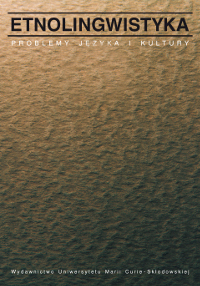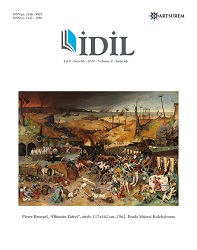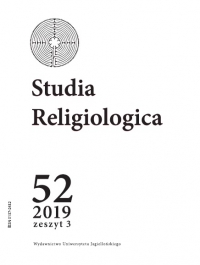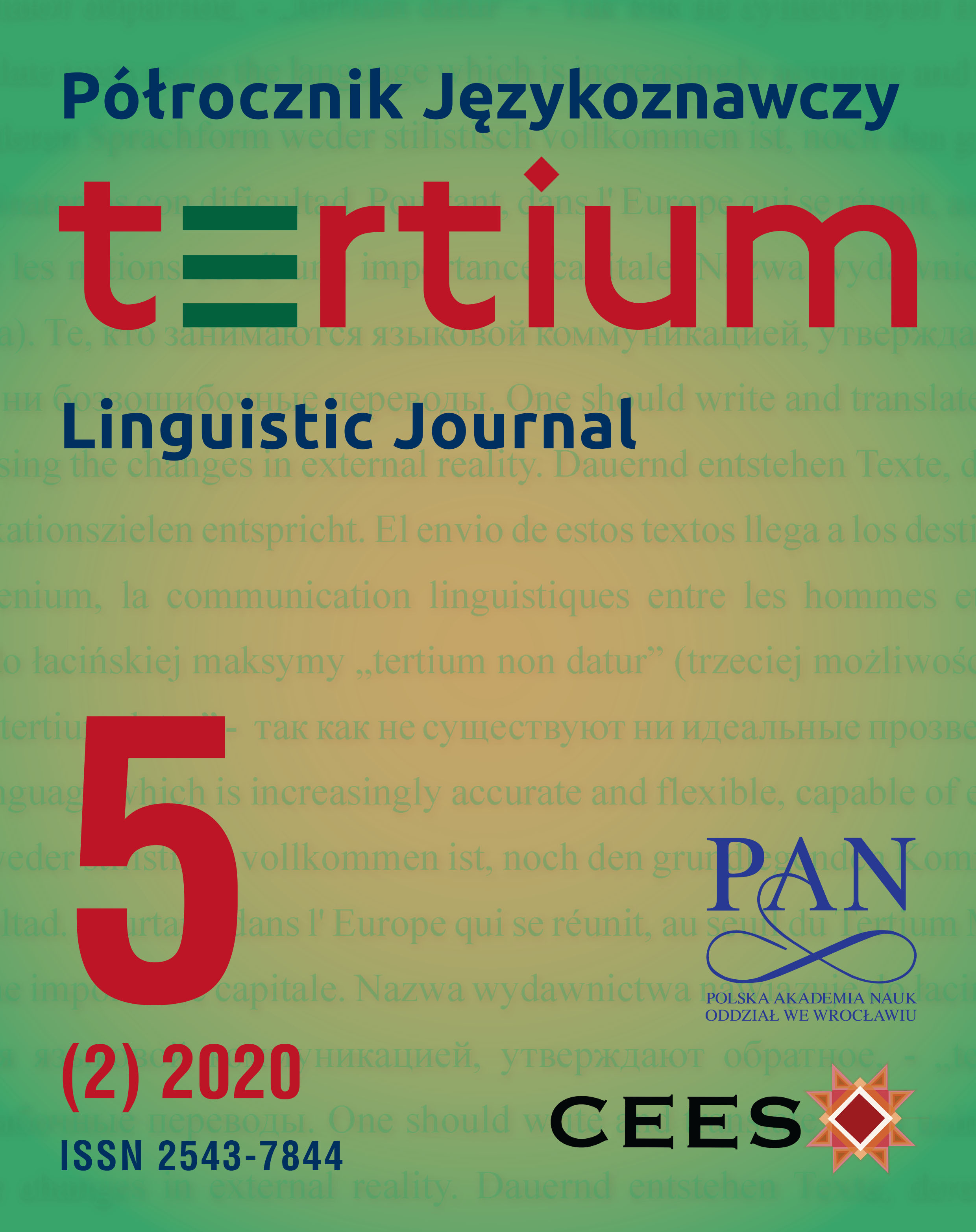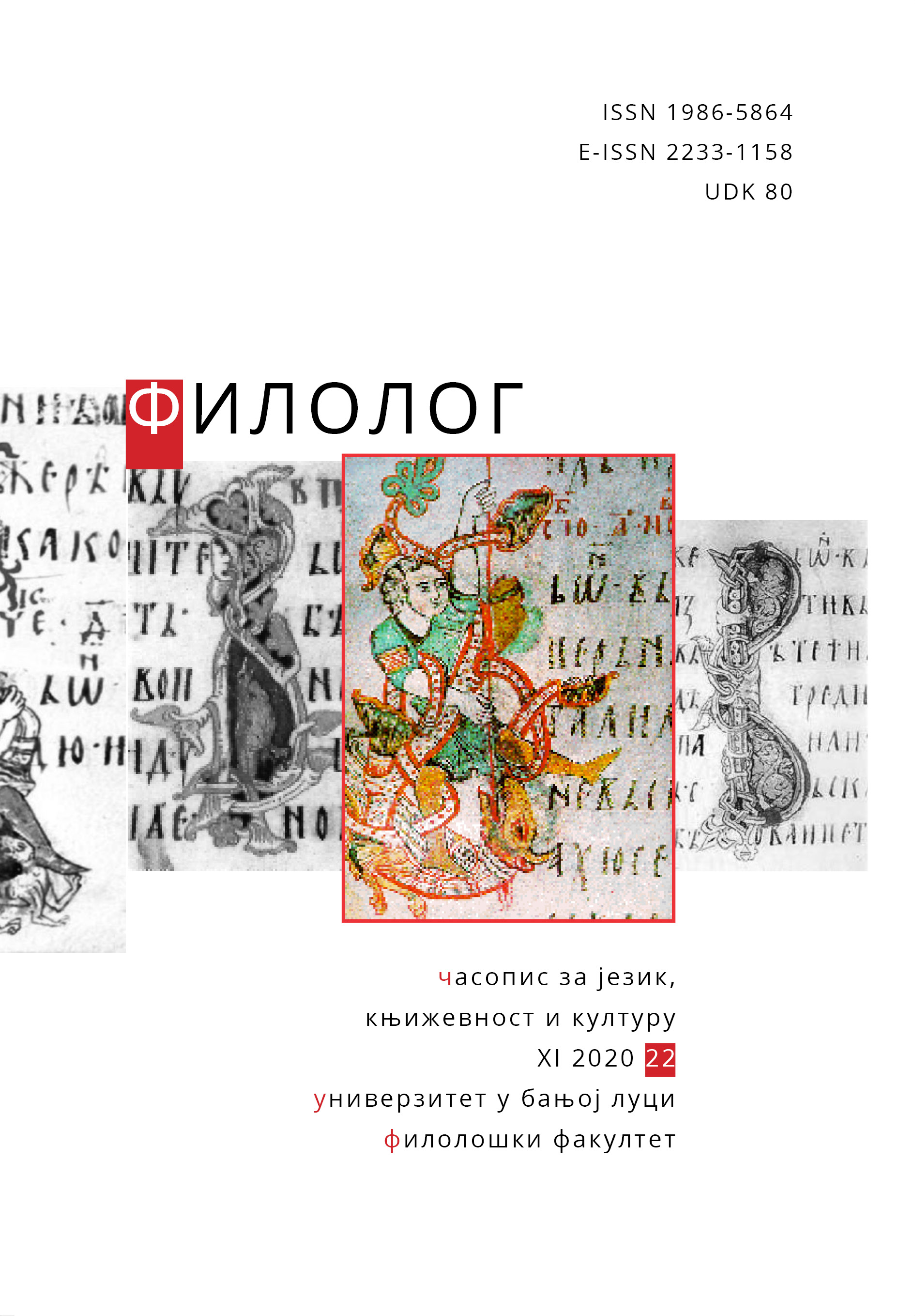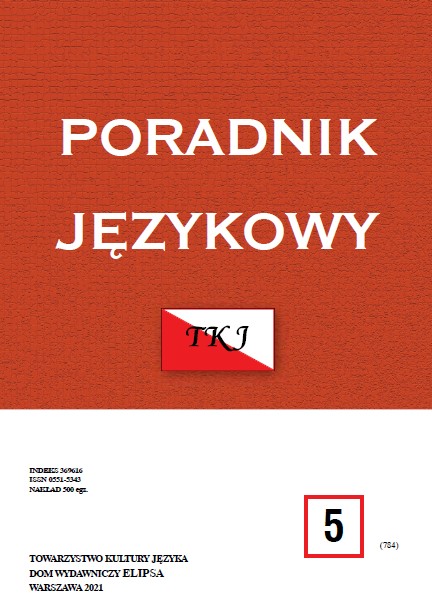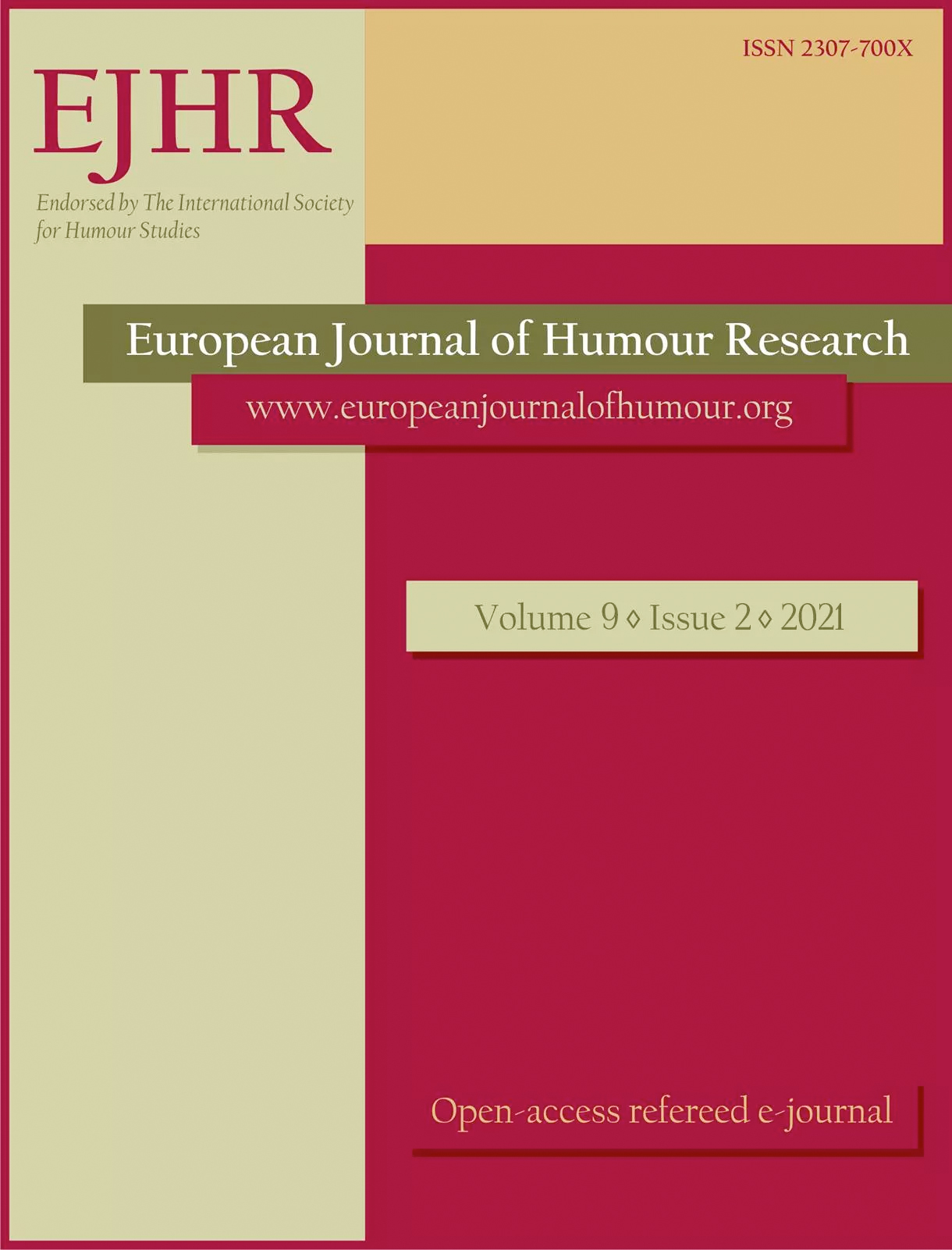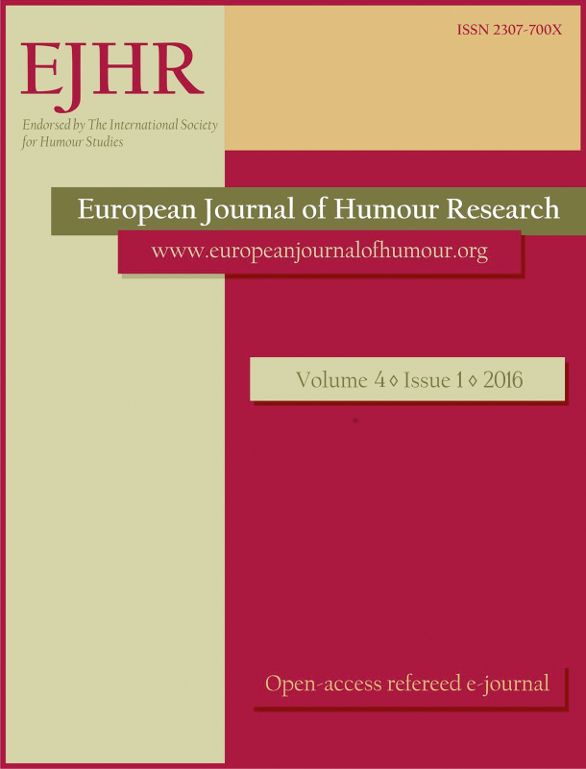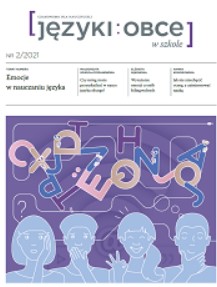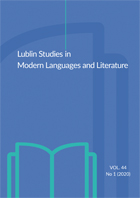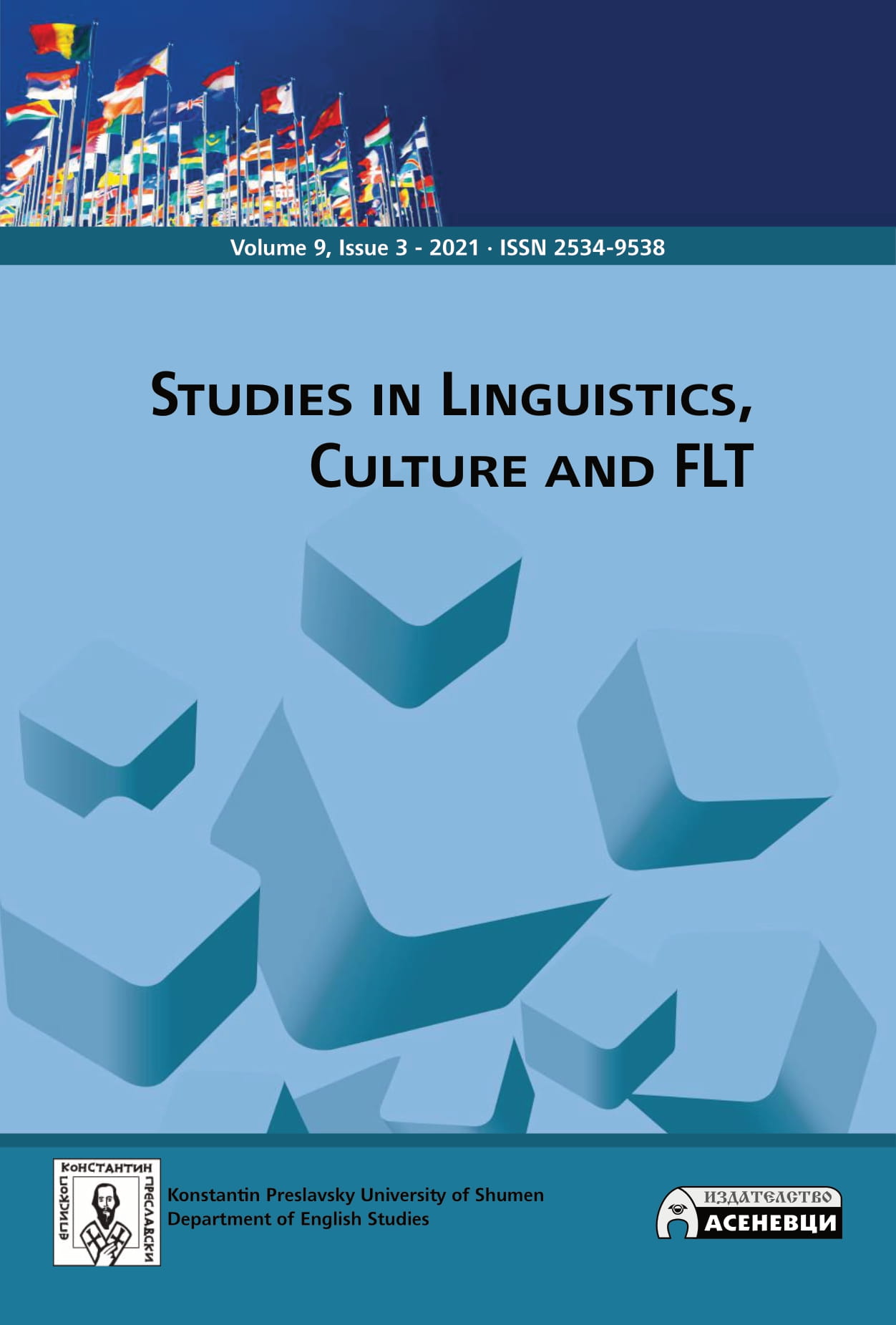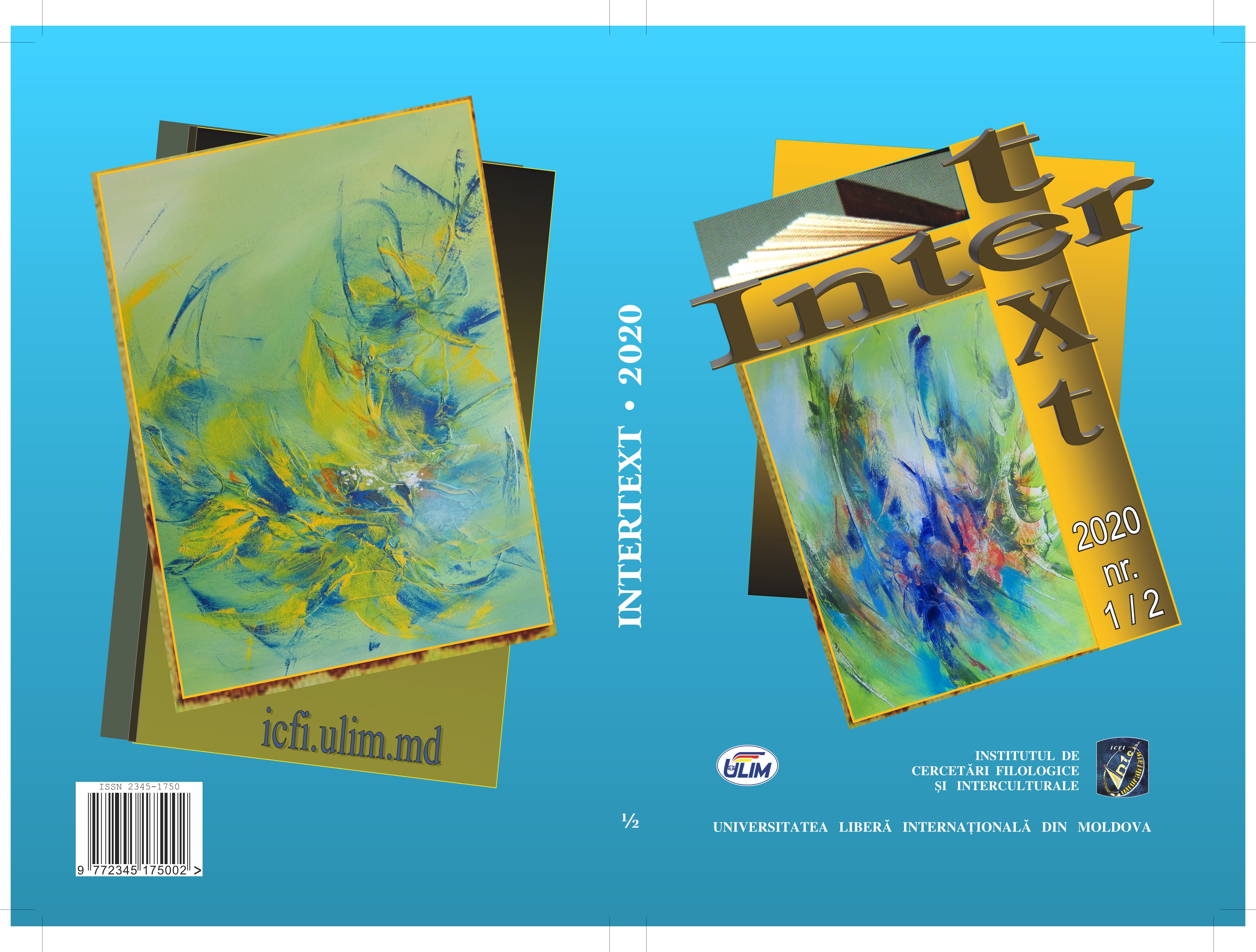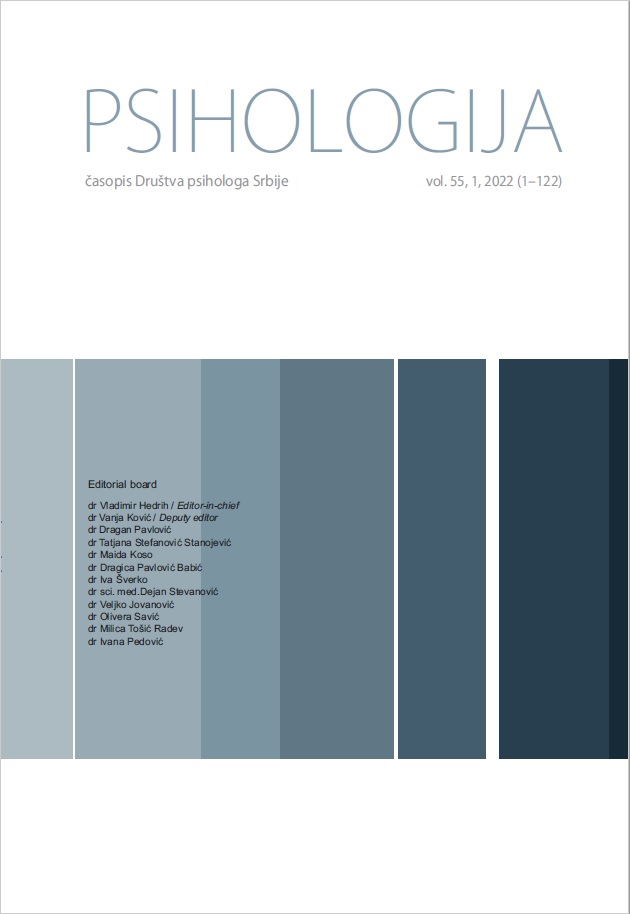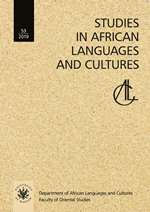BENDRINĖS LIETUVIŲ KALBOS VAIZDINIŲ KALBINIO STANDARTO PLOTE TYRIMAS: VIENOS KAUNO RAJONO GIMNAZIJOS ATVEJIS
The present study explores the images of standard Lithuanian of young people at a gymnasium located in the area of the standard language. The data were obtained from a questionnaire based on the methodological principles of perceptual dialectology. The image of the standard language in the consciousness of the respondents emerges from the analysis of the questionnaire data: the frequency of linguistic codes, the mental maps of the standard language areas, and associations of the standard language. The analysis of the data shows that the gymnasium students tend to distance themselves from the regional linguistic code. The respondents’ disassociation from the local variety and their stronger preference for the code of the standard language is probably related to their sense of language security in the area of the linguistic homeland (including that of the standard language). The mental maps show that the young people associate the standard Lithuanian with the larger or smaller area of central Lithuania, which includes cities (Kaunas, Vilnius), adjacent non-dialect areas (Jonava, Kaišiadorys), and one or two dialect zones; it nearly overlaps the area of the standard language delineated in the second decade of the twenty-first century. Vilnius is the part of this image – probably of its status of the capital city and a significant social, cultural, and urban centre of attraction. The gymnasium students think that speakers of the standard language are city dwellers first and foremost, while the mental connection between the code of standard language and education occurs less often. Such views might have emerged due to the location of the city – hence that of the respondents’ linguistic homeland. Identifying the standard language user as an ordinary person or a Lithuanian could most likely be explained by the fact that the standard language is not only a national language to the young people: it is also an equivalent of their linguistic code. The gymnasium students do not associate the standard language with linguistic norms (the correct use of language). The consistency of the young generation’s attitudes (both those visualised on the maps and verbalised in the questionnaire answers) suggests the high value of the variety spoken in the area they associate with the standard language. The results of the study provide insights into the functioning, vitality, and continuity of the standard language in this area.
More...
